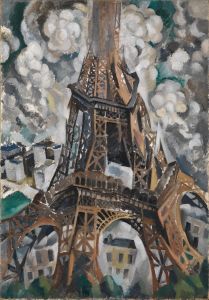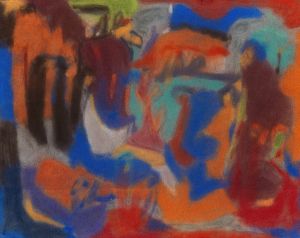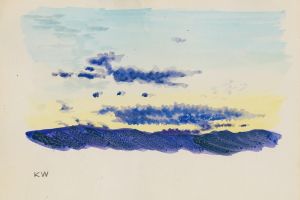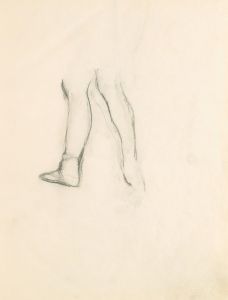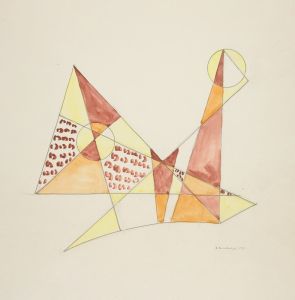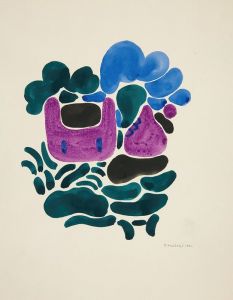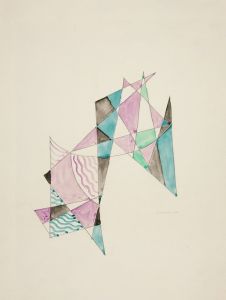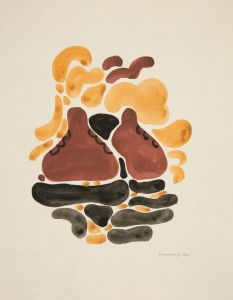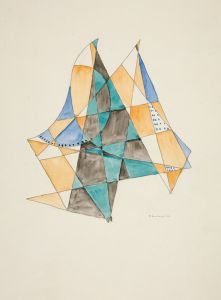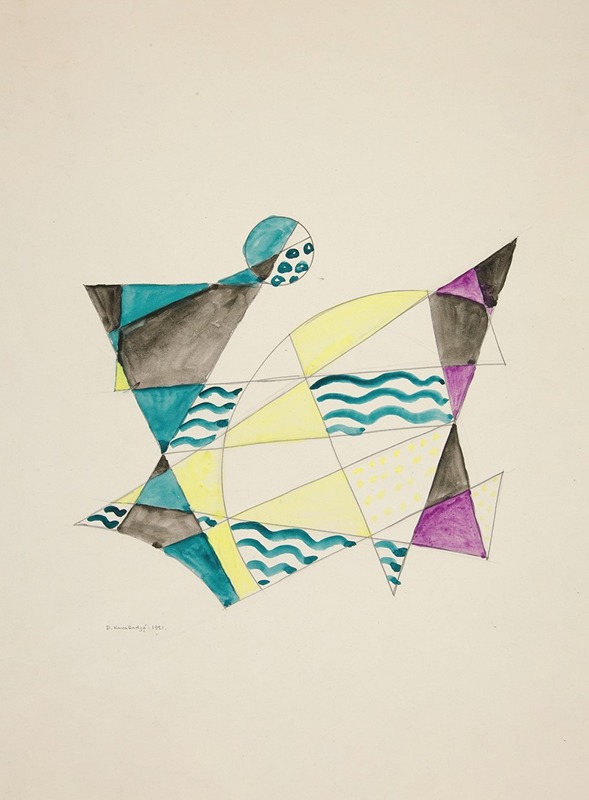
Abstraction Based on Sails, II
A hand-painted replica of David Kakabadzé’s masterpiece Abstraction Based on Sails, II, meticulously crafted by professional artists to capture the true essence of the original. Each piece is created with museum-quality canvas and rare mineral pigments, carefully painted by experienced artists with delicate brushstrokes and rich, layered colors to perfectly recreate the texture of the original artwork. Unlike machine-printed reproductions, this hand-painted version brings the painting to life, infused with the artist’s emotions and skill in every stroke. Whether for personal collection or home decoration, it instantly elevates the artistic atmosphere of any space.
David Kakabadzé (1889–1952) was a prominent Georgian painter and avant-garde artist known for his innovative approach to art and his contributions to the development of modern art in Georgia. One of his notable works is "Abstraction Based on Sails, II," which exemplifies his exploration of abstraction and his interest in incorporating elements of modernism into his art.
"Abstraction Based on Sails, II" is part of Kakabadzé's broader body of work that often drew inspiration from nature and technology. This painting reflects his fascination with the dynamic forms and structures found in sails, which he abstracted into a composition that emphasizes geometric shapes and a sense of movement. The painting is characterized by its use of bold lines and a limited color palette, which together create a sense of rhythm and harmony.
Kakabadzé's work during this period was influenced by various art movements, including Cubism and Constructivism, which were prominent in the early 20th century. These movements emphasized the breakdown of objects into geometric shapes and the exploration of spatial relationships, both of which are evident in "Abstraction Based on Sails, II." Kakabadzé's ability to synthesize these influences into a unique artistic language is a testament to his innovative spirit and his role as a pioneer in Georgian modern art.
In addition to his painting, Kakabadzé was also interested in the intersection of art and technology. He experimented with various media and techniques, including photography and film, and was known for his theoretical writings on art. His interest in technology is reflected in the precision and clarity of his abstract compositions, which often resemble mechanical or architectural designs.
Kakabadzé's work was not only significant within the context of Georgian art but also contributed to the broader discourse of modern art in the early 20th century. His exploration of abstraction and his engagement with contemporary artistic movements positioned him as a key figure in the avant-garde scene. Despite the challenges he faced during his lifetime, including political and social upheavals, Kakabadzé remained committed to his artistic vision and continued to produce innovative work.
"Abstraction Based on Sails, II" is a testament to Kakabadzé's ability to blend traditional themes with modernist techniques, creating a work that is both rooted in his Georgian heritage and reflective of the broader trends in European art. His legacy continues to be celebrated in Georgia and beyond, as his work remains an important part of the history of modern art.
Overall, David Kakabadzé's "Abstraction Based on Sails, II" is a significant example of his contribution to the development of abstract art and his role as a leading figure in the Georgian avant-garde movement. Through his innovative approach and his ability to integrate diverse influences, Kakabadzé left a lasting impact on the art world, and his work continues to inspire artists and art enthusiasts today.





